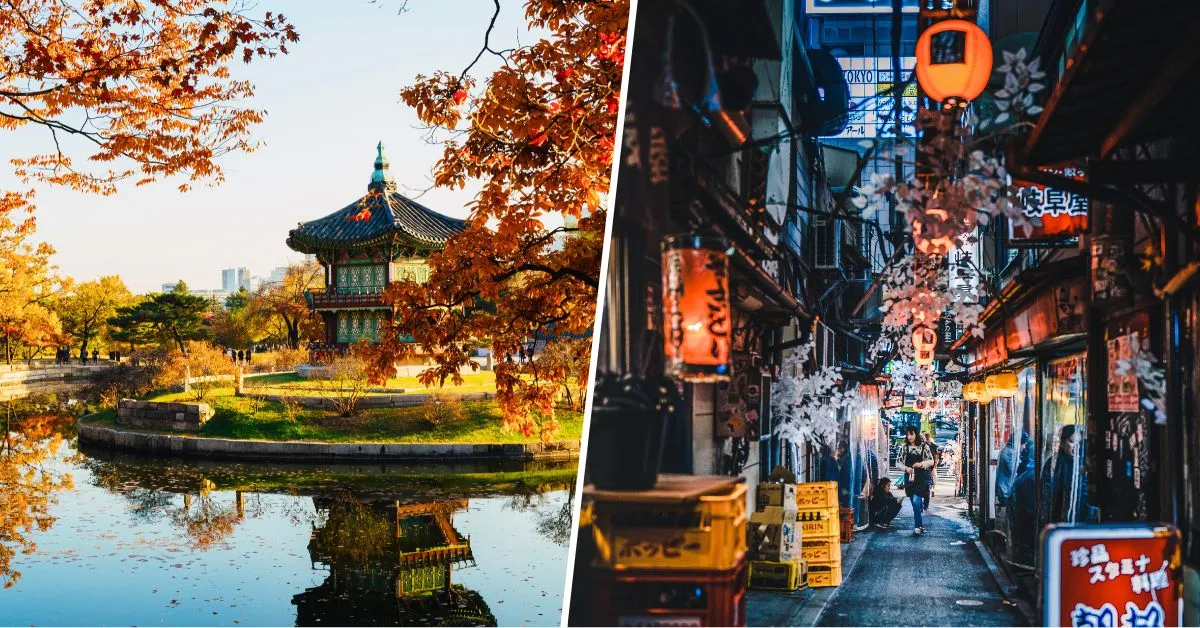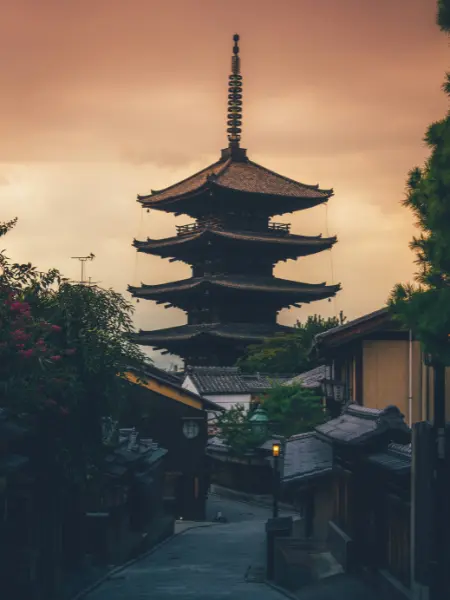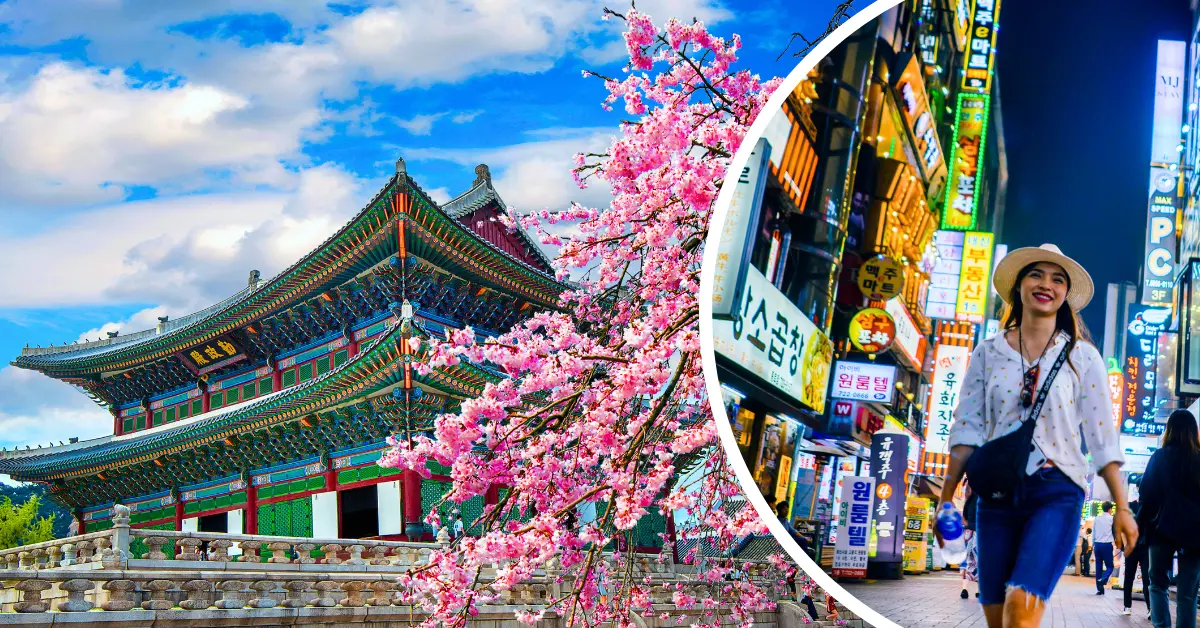Planning a trip to East Asia but can’t decide between the vibrant streets of South Korea and the peaceful temples of Japan? You’re in good company. This all-encompassing guide is here to help you uncover the secrets and joys of both countries, turning your decision-making process into an exhilarating part of the adventure.
Whether you choose to focus on South Korea or Japan, we will delve into the marvels that each nation has to offer, from bustling urban hubs and serene rural landscapes to mouthwatering cuisine and priceless cultural gems.
Cultural richness and heritage
Japan is a tapestry of ancient traditions seamlessly woven into the fabric of modern life. From the serene beauty of Kyoto’s temples to the bustling streets of Tokyo, Japan offers a journey through time. The meticulous preservation of history, seen in samurai castles and Shinto shrines, contrasts with the futuristic skyscrapers and neon-lit cityscapes.
Seasonal festivals, like the cherry blossom viewings in spring and the vibrant Gion Matsuri, provide a glimpse into the country’s rich cultural heritage. And in true Japanese fashion, there’s even a festival dedicated to celebrating the phallus (called the Kanamara Matsuri), showcasing Japan’s unique blend of tradition and playfulness.
In contrast, South Korea offers a vibrant tapestry that weaves together the ancient, the contemporary, and the wonders of nature. The historic pulse of cities such as Gyeongju and Jeonju is felt through their age-old palaces and quaint Hanok villages, while the mesmerising Jusangjeolli lava cliffs highlight the country’s natural beauty. This stands in vivid contrast to the ultra-modern vibe of Seoul, a city that epitomises cutting-edge urban life.
South Korea’s cultural landscape is also shaped by its globally influential pop culture; K-pop and Korean dramas have become worldwide phenomena, offering a modern lens through which to view South Korean society.
Natural wonders and outdoor adventures
When deciding whether to visit South Korea or Japan based on natural beauty, both countries boast diverse landscapes that cater to nature lovers and thrill-seekers alike.
Japan’s geographical diversity is astounding – from the snowy peaks of Hokkaido, perfect for skiing and snowboarding, to the subtropical beaches of Okinawa, ideal for snorkelling and diving. The country’s mountainous terrain offers excellent hiking opportunities, particularly during autumn when the foliage turns spectacular shades of red and gold.
South Korea offers its own array of natural attractions, including the volcanic island of Jeju, known for its stunning waterfalls, lush green tea fields, and the UNESCO-listed Jeju Volcanic Island and Lava Tubes. The country’s national parks, such as Seoraksan and Jirisan, provide challenging hikes and breathtaking views, making South Korea a paradise for outdoor enthusiasts.

Culinary experiences
The culinary landscapes of South Korea and Japan are as diverse as their cultures. Food plays a central role in both societies, offering travellers a taste of their rich histories and contemporary innovations.
Japan is renowned for its sushi, sashimi, ramen, and tempura, dishes that exemplify the precision and simplicity of Japanese cuisine. Yet, the culinary experience extends beyond these well-known staples. Regional specialties, such as Hokkaido’s seafood, Kyoto’s kaiseki ryori, and Osaka’s street food, invite visitors to explore Japan’s gastronomic diversity.
South Korea offers a bold palette of flavours, with dishes like kimchi, bibimbap, and Korean BBQ taking centre stage. Street food markets, such as Seoul’s Myeongdong and Busan’s Gukje Market, provide a lively atmosphere to sample a wide array of snacks and dishes. The Korean dining experience is also unique for its communal aspect, with meals often shared amongst friends, making it a social as well as a culinary adventure.
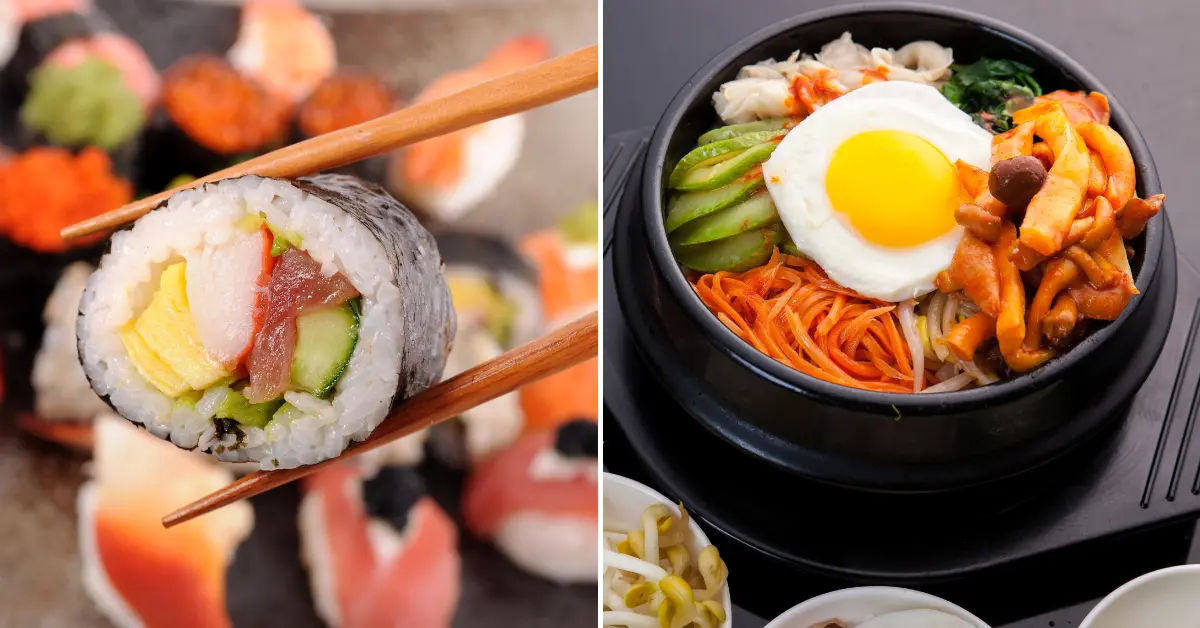
Technological marvels and urban experiences
For tech-savvy travellers debating whether to visit South Korea or Japan, both countries are at the forefront of technological innovation and urban development.

Japan impresses with its efficient transportation systems, notably the Shinkansen (bullet train), which connects major cities at breathtaking speeds. Tokyo, a city that feels like stepping into the future, showcases the latest in technology, fashion, and entertainment, with districts like Akihabara offering everything from electronics to anime culture.
South Korea is equally renowned for its technological advancements, particularly in the realm of digital technology and the internet, boasting some of the world’s fastest internet speeds. Seoul, with its smart city initiatives and ubiquitous connectivity, exemplifies South Korea’s commitment to innovation. The city also offers a vibrant nightlife and shopping scene, from the stylish boutiques of Gangnam to the traditional markets of Insadong.
Top sites to see in South Korea
Whether you’re drawn to urban exploration or the tranquillity of nature, the sites to see in South Korea promise memorable experiences for every traveller. Here’s a few things to visit in South Korea:
1. Gyeongbokgung Palace, Seoul: Step back in time at the largest of the Five Grand Palaces built during the Joseon Dynasty. Don’t miss the Royal Guard Changing Ceremony for a glimpse into historical protocols.
2. Jeju Island: A natural wonderland famed for its volcanic landscapes, beautiful beaches, and the majestic Hallasan Mountain. Jeju’s Seongsan Ilchulbong Peak offers breathtaking sunrise views.
3. Bukchon Hanok Village, Seoul: Wander through narrow lanes lined with traditional Korean houses (hanoks), many of which now serve as cultural centres, guesthouses, and tea houses.
4. Gwangjang Market, Seoul: Dive into the heart of Korean cuisine at one of Seoul’s oldest and largest markets. Sample local delicacies like mung bean pancakes (bindaetteok) and spicy rice cakes (tteokbokki).
5. DMZ (Demilitarized Zone): Experience the poignant history of the Korean Peninsula with a visit to the DMZ, offering a stark reminder of the divide between North and South Korea.
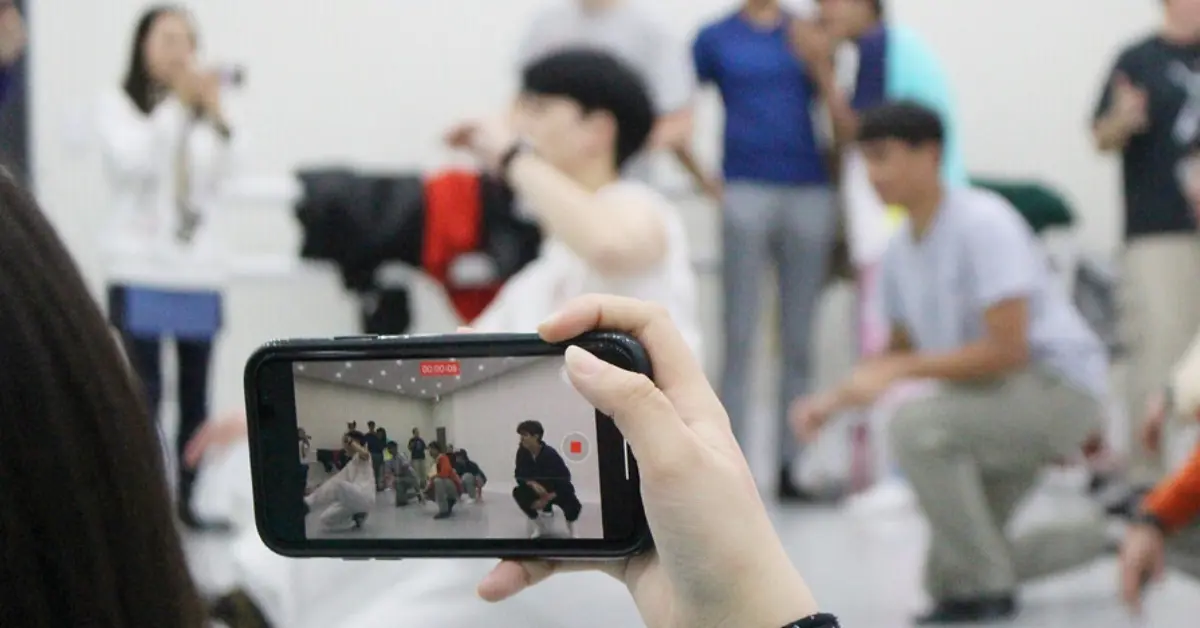
The best sites to see in Japan
Japan is a treasure trove of discovery, where the best sites to see range from serene landscapes to bustling cityscapes, encapsulating centuries of tradition alongside cutting-edge innovation. Each must-see sight in Japan offers a unique glimpse into the country’s rich cultural tapestry, ensuring a journey filled with depth and diversity. Top sights in Japan include:
1. Fushimi Inari Shrine, Kyoto: Famous for its thousands of vermilion torii gates, this Shinto shrine offers a picturesque hike with views over Kyoto.
2. Mount Fuji: Whether you admire it from a distance or embark on a climbing adventure, Japan’s iconic mountain is a sight to behold. The surrounding lakes offer stunning reflections of Fuji-san.
3. Tokyo’s Shibuya Crossing: Experience the epitome of Tokyo’s bustling urban life at one of the busiest pedestrian crossings in the world. Shibuya is also a hub for shopping, entertainment, and dining.
4. Nara Park: Get up close with friendly deer that roam freely in this park, home to historic temples and shrines, including the magnificent Todai-ji Temple housing a giant Buddha statue.
5. Hiroshima Peace Memorial Park: A poignant site dedicated to the victims of the atomic bomb in 1945, offering a powerful message of peace and resilience.
Want to go with the best? Check out One Life Adventures!
For those eager to dive into the vibrant cultures and stunning landscapes of Japan and South Korea, selecting the right organised group tour can make all the difference. While a myriad of options exists, including reputable companies like Contiki, G Adventures, Intrepid Travel, INTRO Travel, and Topdeck, each offering their unique take on these captivating destinations, One Life Adventures truly stands apart.
Notably, One Life Adventures is at the forefront, having earned the prestigious title of the number 1 tour in the world for their 10 day Japan trip, as awarded by TourRadar in 2019.
This recognition is a clear indication of One Life Adventures’ commitment to delivering exceptional travel experiences, marked by an authentic and immersive approach to exploring the rich tapestry of culture, history, and natural beauty in Japan and South Korea. Their tours are carefully curated to ensure a deep connection with each destination, offering travellers an unparalleled journey filled with adventure, cultural discovery, and meaningful interactions.
Excitingly, One Life Adventures is expanding their offerings, launching two new South Korea tours in March 2024. These upcoming tours promise to continue the company’s tradition of excellence, providing adventurers with the opportunity to explore South Korea’s dynamic cities, tranquil temples, and breathtaking natural landscapes, all guided by the expertise and passion that One Life Adventures is known for.
While companies like Contiki, G Adventures, Intrepid Travel, INTRO Travel, and Topdeck provide valuable and diverse travel experiences, One Life Adventures’ distinguished accolade and their anticipation of new South Korea tours place them in a league of their own. For travellers seeking an organised group tour that combines the thrill of discovery with the assurance of an award-winning experience, One Life Adventures offers an exceptional choice.
Is South Korea or Japan safer?
South Korea and Japan are both considered some of the safest countries in the world for travellers. Low crime rates and a strong police presence contribute to a secure environment.
However, as with any travel destination, it’s wise to exercise common sense, especially in crowded areas and public transport to guard against petty theft.
Safety tips for South Korea and Japan:
- Keep your belongings secure and out of sight.
- Take care if you’re out alone late at night, especially if you’re a woman travelling on your own.
- Be cautious if someone approaches you unexpectedly.
- Road safety is paramount; be cautious as a pedestrian, as driving styles can be aggressive.
- It’s important to respect everyone’s family, friends, culture, ethnicity, and religion (that goes without saying).
- If you have valuable items, it’s best not to leave them unattended in your accommodation.
- When taking a taxi, make sure it is clearly marked as a taxi. If you’re unsure, ask your hotel or hostel to call a reliable taxi service for you.
- It’s helpful to learn basic greetings like Please, Thank you, Hello, and Goodbye and use them when appropriate.
- Tourists in Japan must carry their passport at all times, as random checks by police are common and not having it can lead to legal issues.
- Natural disasters such as earthquakes are more common in Japan; familiarise yourself with safety procedures in your accommodation.
Ditch the contraband items
Japan and South Korea have strict regulations regarding contraband items. The consequences for attempting to bring unauthorised goods into the country are severe, with hefty fines and the possibility of lengthy imprisonment.
Banned items can include narcotics, certain prescription drugs, health supplements, firearms, ammunition and explosives, as well as radio equipment and even gold!
Don’t even think about travelling to South Korea or Japan without securing travel insurance – World Nomads stands out as a top choice for young adults seeking affordable protection. You can get a quote here.
Want more Won or Yen for your buck?
When considering a trip to East Asia, many young adult travellers ponder whether it’s cheaper to visit South Korea or Japan. Both countries offer a wealth of cultural experiences, stunning landscapes, and vibrant city life, but they do differ in terms of travel costs. Here, we’ll delve into the typical costs of accommodation, food and drinks, and transport in both destinations to help you plan your adventure.
Accommodation
South Korea: Travellers can find a range of accommodation options, from budget guesthouses and hostels starting at around £15-£30 per night for a dormitory bed. Mid-range hotels can cost anywhere from £50 to £100 per night, depending on the location and amenities.
Japan: Accommodation in Japan tends to be slightly more expensive. Budget options like hostels and pod (capsule) hotels start at about £20-£40 for a dorm bed. Mid-range hotel prices are similar to South Korea, but on the higher end, costing around £60 to £120 per night.
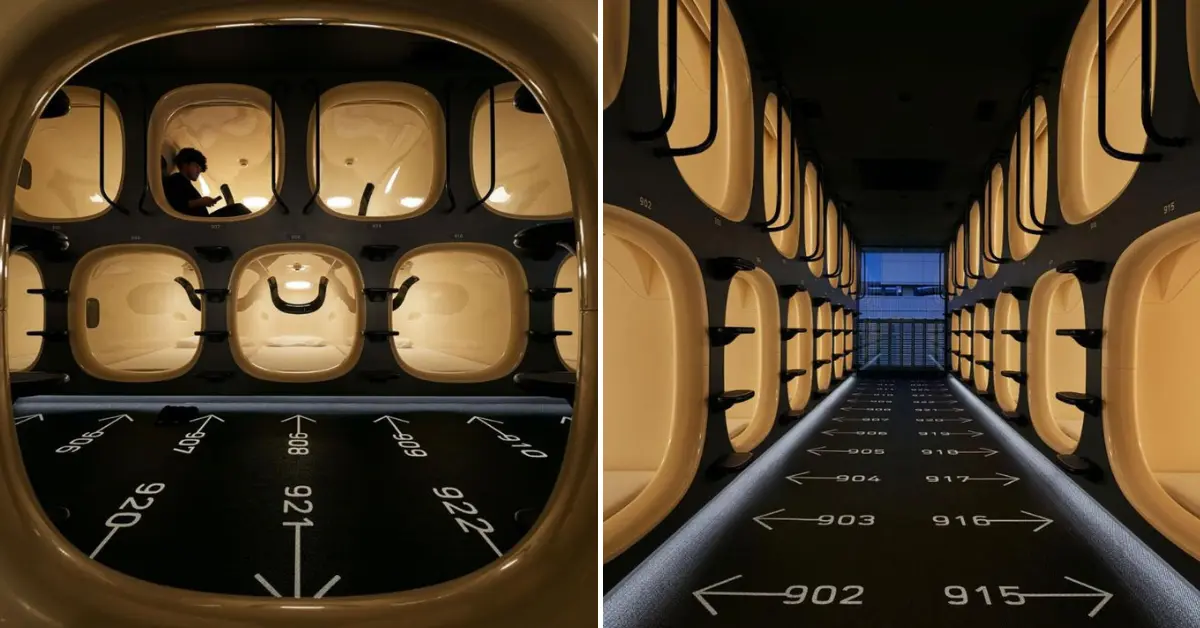
Food and drinks
South Korea: The food scene in South Korea is both delicious and affordable. Street food snacks can cost as little as £1-£3, while a meal at an inexpensive restaurant might set you back £5-£10. Dining at a mid-range restaurant can cost around £10-£20 per person.
Japan: Eating out in Japan can be more costly. Street food and snacks are usually around £2-£5. A meal at a casual restaurant typically ranges from £7 to £15. Mid-range dining experiences can cost £20-£40 per person, especially in cities like Tokyo and Kyoto.
Transport
South Korea: Public transportation is highly efficient and affordable. A subway ride in Seoul costs around £1-£2, while intercity train journeys can range from £20 to £100, depending on the distance and train type.
Japan: Japan is famous for its Shinkansen (bullet trains), which are pricier but offer a fast way to travel between cities. A local subway or bus ride costs about £1-£3. For long-distance travel, Shinkansen tickets can range from £40 to over £100, making the Japan Rail Pass a cost-effective option for tourists planning to travel extensively.
Decision time: South Korea or Japan?
Deciding between a journey to South Korea or Japan hinges on personal preferences and the type of experiences one seeks. For those enchanted by cutting-edge technology, vibrant pop culture, and a dynamic urban environment, South Korea beckons. Japan, with its deep-rooted traditions, stunning natural landscapes, and a seamless blend of old and new, might appeal more to those seeking a reflective and diverse cultural journey.
Both countries offer a kaleidoscope of experiences that cater to the adventurous spirit of young adult travellers. Whether it’s the allure of South Korea’s energetic cities and cultural phenomena or Japan’s serene beauty and rich heritage, each destination promises a journey filled with discovery, wonder, and memories to last a lifetime.
In conclusion, the choice between South Korea and Japan is not a question of which country is better but rather which country resonates more with your personal travel dreams and aspirations. Each offers a unique window into the heart of East Asia, with endless opportunities for exploration, learning, and adventure. So, why not let your heart decide and embark on a journey that speaks to the very essence of your wanderlust?
Trusted package tour operators
Eager for East Asia explorations? Discover our choice tour operators for South Korea or Japan, perfect for young adults.

